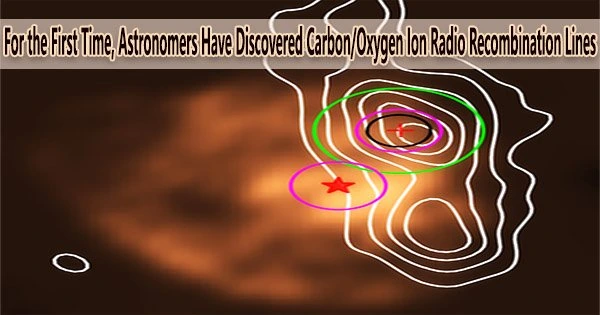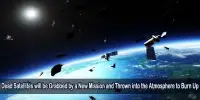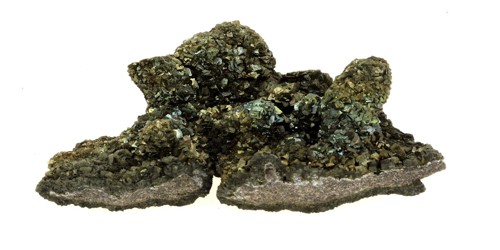Using the TianMa 65-m Radio Telescope (TMRT), a research team from the Shanghai Astronomical Observatory (SHAO) of the Chinese Academy of Sciences has discovered radio recombination lines (RRLs) of ions heavier than helium for the first time. These lines were assigned to carbon and/or oxygen ions.
The findings were published in Astronomy & Astrophysics on Feb. 28.
The most prevalent type of interstellar gas is ionized gas, which also serves as a valuable laboratory for determining the amount of different elements. As radio recombination lines (RRLs) are often optically thin and have well-understood emission mechanisms, they can avoid the challenges associated with optical line observations.
However, detected RRL emitters have nearly all been neutral atoms so far. Only two RRL transitions (121α and 115α) of helium ions in planetary nebulae have been previously reported.
Line blending makes the RRLs of atoms heavier than helium difficult to spectrally resolve. The RRLs of ions, on the other hand, are typically not mixed with those of neutral atoms, making the former a considerably more effective tool for determining abundance.
As part of an ongoing TMRT spectral line survey toward Orion KL, the researchers were looking for interstellar emission lines when they made this new discovery. While identifying the Ka-band (26–35 GHz) spectral lines of Orion KL, they found several broad line features that could not be assigned to any molecular species nor to the RRLs of atoms.
The ongoing TMRT spectral line survey towards Orion KL and other Galactic objects will reach an unprecedented line sensitivity, which will lead to more new discoveries such as RRLs of heavy ions, new transitions of molecular lines and even new molecule species.
Liu Tie
“These line features have weak intensities, but are already significant enough to be distinguished due to the high sensitivity of the spectrum. Because their line widths are similar to those of H/He RRLs, we realized that those line features could be RRLs of ions,” said Dr. Liu Xunchuan from SHAO, corresponding and first author of the study.
To confirm this, the astronomers conducted follow-up Ku-band (12–18 GHz) observations using TMRT to search for signals of ion RRLs at the expected frequencies, and eight more alpha lines (RRLs with Δn=1) of ions were detected.
In addition, they found marginal signals of alpha lines in the Q band and beta lines (Δn=2) in the Ka band. They analyzed the spectra acquired on various days and discovered that, after correcting for Earth’s motion, the frequencies of the line characteristics remained unchanged, proving that the ion RRLs came from space.
Tens of RRLs of interstellar ions were discovered overall by TMRT, and many of them are not blended with any molecular transitions or atom RRLs. The TMRT lines were attributed to ions heavier than helium because they are more than 20 km/s bluer than the predicted frequency of helium ion RRLs.
The figure of 8.8 parts per 10,000 for the abundance of the doubly ionized elements connected to those ion RRLs is comparable with the value of carbon/oxygen calculated from optical/infrared studies.
RRLs were previously popularly understood to be radio spectral lines that emerged from the recombination of singly ionized ions and electrons and were brought about by transitions between high-n levels of atoms. But now, the researchers have detected tens of unblended ion RRLs simultaneously.
“Such a new technique would be very valuable to study the abundances of carbon and oxygen, the most important constituents of carbon monoxide and interstellar complex organic molecules, in the inner Galaxy, where optical observations are very difficult,” said Prof. Neal J. Evans II from the University of Texas at Austin.
SHAO researchers see this new discovery by TMRT as the first of many.
“The ongoing TMRT spectral line survey towards Orion KL and other Galactic objects will reach an unprecedented line sensitivity, which will lead to more new discoveries such as RRLs of heavy ions, new transitions of molecular lines and even new molecule species,” said Liu Tie, a researcher in SHAO and co-corresponding author of the study.
















